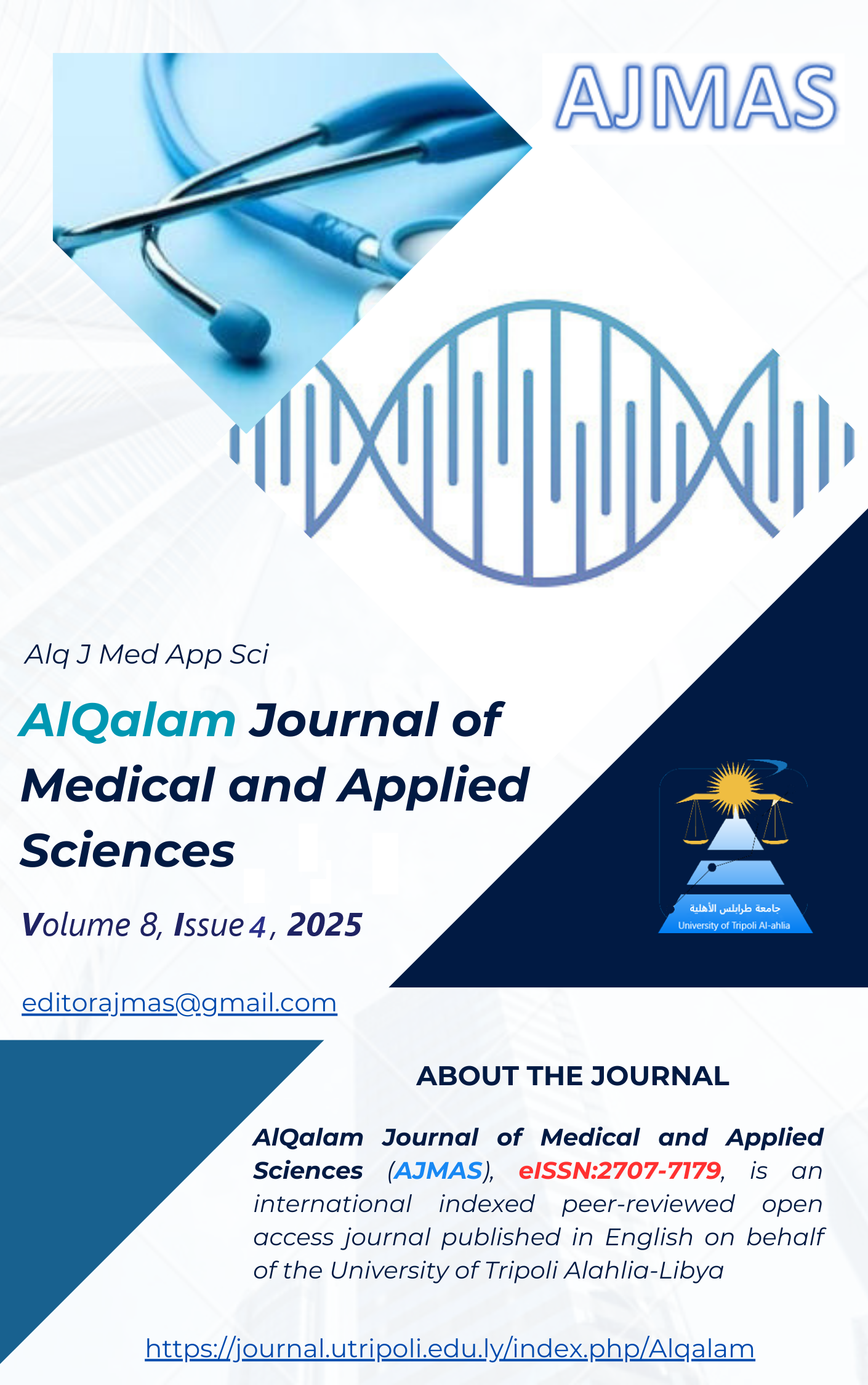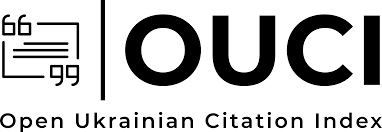Association of Maternal ABO and Rh Blood Groups with Demographic and Anthropological Factors in Libya
DOI:
https://doi.org/10.54361/ajmas.258461Keywords:
ABO, Rh Variables, Social-Demographic Factors, Abortion, Gestational Age.Abstract
The ABO and Rh blood types are crucial to transfusion counselling, anthropology, and population genetics. They reveal significant differences in blood types, which can consequently affect the mother's health and the outcome of the pregnancy. There is no information available on the blood types among pregnant Libyan women. The project goals of this study are to gain a deeper understanding of population genetics awareness in the eastern part of the Libyan country by examining the relationship between the ABO and Rh blood types and the sociodemographic characteristics of pregnant women in Derna city and its suburbs, to enhance population genetics awareness. The study was conducted on 5012 pregnant women who were hospitalised on the obstetric ward of Al-Wahda Teaching Hospital. ABO and Rh group phenotypes were determined from EDTA-anticoagulated blood samples using the erythrocyte cell-slide technique. Sociodemographic information was examined from medical records.to determine if there were any correlations with the distribution of blood groups. The SPSS program used the data. An association between ABO phenotypes and some demographic factors, including residence. There were significant differences in the ethnic composition among cities and various suburbs, with O+ being the most prevalent in Derna city and Ain Mara countryside. However, particular areas had more A+ in Al Qubbah city and unique fingerprints of the Qayqab rural area B+ groups than others. Other rural areas also have an ABO fingerprint structure that differs from that of other areas. significant association between blood groups and maternal age (p = 0.043) and gestational age (p = 0.045). Additionally, no association with parity, gravida, or abortion. Domin ABO fingerprints of this study are as follows: O+>A+>B+>AB+>O->A->B->AB-; The prevalence of O+ among population studies and slightly increased Rh-negative rates align with regional genetic patterns, highlighting the importance of personalised management plans. By revealing the distribution of blood types among demographic factors, we can establish a benchmark for managing the national healthcare sector, improve the humanisation of blood bank resources and antenatal care, and contribute to anthropological studies in Libya.
Downloads
Published
How to Cite
Issue
Section
License
Copyright (c) 2025 Mabroukah Turfayah, Adham Alshuwayhidi, Soad Ajroud

This work is licensed under a Creative Commons Attribution 4.0 International License.














